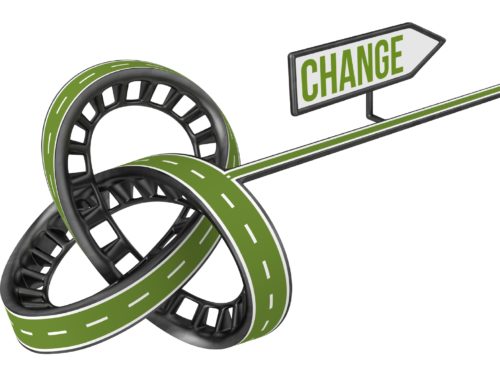By the year 2020, your customer’s experience will be more important than your product or service in the decision to do business with you. That conclusion by Walker, a customer experience consulting firm, suggests that being “customer focused” is no longer enough. You will need to be “customer committed” to flourish in the future.
The sad reality, however, is that many companies leave the details of enhancing their customers’ experience to chance. According to Andrew Joiner, CEO of InMoment, they rely on snapshots of information gleaned from general market research to form their opinions of what their customers value. The result is that areas for improvement are chosen based on intuition rather than science.
Joiner described it this way during our recent interview: “Too many companies confine themselves to the containers of the past. By relying on traditional market research and analysis they fail to understand the customer experience at scale. It is easy to confuse the true signals your customer is sending with the noise of activities that might not make a significant difference in the experience.”
Want to know if you are confusing the signal and the noise? How you answer this question is an indicator: Do your customers love you enough advocate on your behalf? If not, there is work to be done.
Embrace the mystery rather than solve the puzzle.
The first step in completing a jigsaw puzzle is to piece together the outside boundaries. From there it is a matter of trial, error, repetition and perseverance to make the picture on the table match the photo on the box. Companies do that, too. They make the information they have fit the picture they want.
For the best organizations, understanding what amazes their customers is more like the game of Clue played on a much grander scale. Sometimes the data leads you to Colonel Mustard in the Library. Other times you end up with Miss Scarlet in the Conservatory. The potential solutions aren’t infinite, but they are also not a single picture on a box. It is a matter, as Andrew Joiner told me, of focusing on what’s important to the customer rather than what is pre-determined as important to the company.
Listen with everything you have.
Traditional market research provides demographic, psychographic or financial data about customers and their purchase patterns. Mystery shopping in a retail environment provides snapshots of the experience in a specific store at a specific time. All of these are valuable, and none of them are enough to provide the certainty you need to build devoted customers. For that, you need an omnichannel approach to listening that combines all of the traditional information sources with the voice of today’s customer.
Solutions like those offered by InMoment combine traditional market, customer, and financial information with feedback collected via voice, video, text, social media, and more. Think of it as using the power of artificial intelligence to discover more accurate clues to solve the mystery.
Joiner shared the experience of a leading pet retailer to explain why listening to the customers’ stories at the individual level and then executing on them as an enterprise is crucial for success.
Like your business, this company had many customer touch points that could influence a return store visits. By using an omnichannel approach, it found that the single best indicator of a customer’s decision to return to the store was a top rating on their pet grooming experience. It makes sense when you hear it, but it is also easy to see how that answer could be missed. Most important, the clarity that came from translating isolated pieces of data into powerful information allowed the company to implement tangible changes that drove positive results.
Utilizing advanced tools and technology is a must if you are an enterprise company operating in multiple markets. There are lessons to be learned for small businesses, too. Customer feedback sites, for example, are a resource for determining what the market you serve does and doesn’t value. As Joiner told me, “The kind of experience that delights a customer in one industry will do so in other industries. Every business can listen with more perspectives than they think possible.”
Don’t ignore the detractors.
Joiner believes negative reviews on customer feedback sites are an underutilized tool for improving the customer experience. That might seem counterintuitive considering the level of vitriol over the impact of negative online reviews. Joiner, however, makes an interesting point based on his company’s experience working with Yelp.
“Yelp filters are continually improving and becoming more sophisticated,” says Joiner. “Typically, only comments that help the community and provide descriptive feedback are considered useful and posted.”
Following that logic, a pattern of negative comments is a clear sign that something is wrong in your business. Likewise, you shouldn’t ignore the single comment that appears to be from a single dissatisfied customer. The reported statistics are that 95 percent of consumers will take action based on a poor customer experience, but only about 4 percent will bother to tell you about it. Even if the statistics are substantially off, you can’t blindly assume that even a single negative comment is automatically invalid.
Einstein once noted that “The most beautiful experience we can have is the mysterious. It is the fundamental emotion that stands at the cradle of true art and true science.” He was describing his view of life, but his truth is an equally powerful guide for how you create exceptional customer experiences.
Randy Pennington is an award-winning author, speaker, and leading authority on helping organizations achieve positive results in a world of accelerating change. To bring Randy to your organization or event, visit www.penningtongroup.com , email info@penningtongroup.com, or call 972.980.9857.
Randy Pennington has no financial interest in InMoment.





